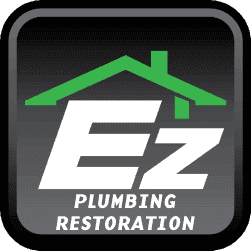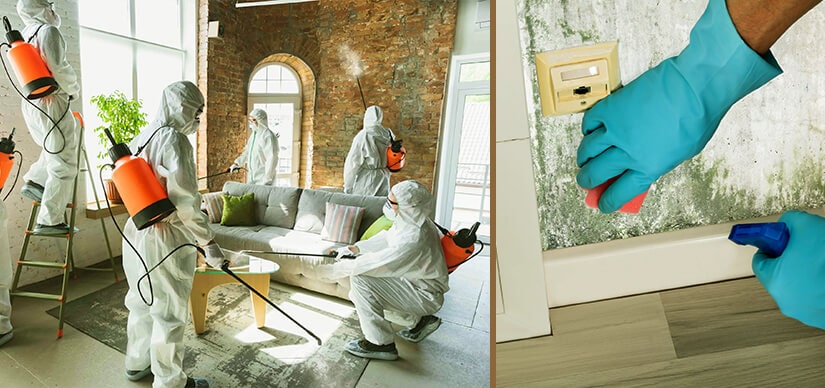The ABCs of Water Damage Restoration: Assess, Clean, and Dry
Water damage is a common issue that can occur on any property. Water damage, whether caused by a burst pipe, a leaking roof, or a flood, can cause significant damage to your property and endanger your health. In California, water damage is a significant problem due to the city’s location in a flood-prone area. It’s essential to address water damage as soon as possible to prevent further damage and the growth of mold and mildew.
Explore the ABCs of water damage restoration: assess, clean, and dry.
Assessing the Damage
The first step in the water damage restoration process is to assess the extent of the damage. This step is crucial because it helps to determine the scope of the restoration project, including the cost and time required to complete it.
A professional water damage restoration company in poway will send a team of experts to assess the damage to your property. The assessment process involves a thorough inspection of the affected area to identify the source of the water damage and the type of water involved. There are three categories of water damage: clean water, gray water, and black water.
Clean water is water that does not pose a threat to human health and is usually from a broken pipe or a leaky faucet. Grey water is water that contains contaminants and can cause illness if ingested. Grey water can come from sources such as washing machines or dishwashers. Black water is highly contaminated and can cause serious illness or death if ingested. Black water can come from sources such as sewage or flooding.
Once the type of water damage has been identified, the next step is to determine the extent of the damage. This involves checking the walls, floors, ceilings, and other areas that may have been affected by the water. The assessment will also involve checking for any structural damage that may have been caused by the water.
Cleaning the Area
The second step of water damage restoration is to clean the affected area. This involves removing any standing water, drying the area, and cleaning any surfaces that have been affected by the water. The cleaning process should be done as soon as possible to prevent further damage and the growth of mold and mildew.
The first step in the cleaning process is to remove any standing water. This can be done using a wet vacuum or a pump. It is important to remove all of the water from the affected area to prevent mold growth. After removing the standing water, the next step is to dry the area. This can be done using dehumidifiers, fans, and heaters.
The drying process should be done as quickly as possible to prevent the growth of mold and mildew. It is important to monitor the humidity levels in the area to ensure that they are at a safe level. After the area has been dried, the next step is to clean any surfaces that have been affected by the water. This may involve using disinfectants and other cleaning agents to remove any bacteria or mold that may have grown in the area.
Drying the Area
The final step of water damage restoration in Poway is to dry the area completely. This is an essential step because it helps prevent the growth of mold and mildew. Mold and mildew can cause serious health problems, especially for people with allergies or respiratory problems.
To dry the area, dehumidifiers, fans, and heaters should be used. The drying process should be monitored to ensure that the humidity levels in the area are at a safe level. It is important to continue the drying process until all of the moisture has been removed from the area.
Preventing Water Damage
While water damage can be unpredictable, there are steps you can take to prevent it from happening. Here are some preventive measures you can take to protect your property from water damage:
- Regularly inspect your property for leaks or cracks. Be sure to check your roof, windows, and doors for any signs of water damage.
- Maintaining clean, clutter-free gutters will ensure proper water drainage.
- Make sure your sump pump is working correctly and have it inspected annually.
- Insulate your pipes to prevent them from freezing and bursting during cold weather.
- Ensure that your appliances are in good working condition and properly maintained to prevent leaks and other malfunctions.
- Be mindful of what you flush down your toilet and sink. Avoid flushing anything other than toilet paper and human waste down your toilet.
- Be cautious when using your dishwasher, washing machine, or other water-using appliances. Do not overload them, and be sure to use the appropriate amount of detergent.
- Install water leak detection devices in your home to alert you to any leaks or water damage.
Conclusion
Water damage can cause significant damage to your property and pose a threat to your health. If you live in California, water damage is a real threat due to the city’s location in a flood-prone area. It’s essential to address water damage as soon as possible to prevent further damage and the growth of mold and mildew.
The ABCs of water damage repair in Poway are assessment, cleaning, and drying. The first step in the restoration process is to assess the damage, including the type of water involved and the extent of the damage. The second step is to clean the affected area, including removing standing water, drying the area, and cleaning any surfaces that have been affected by the water.
The final step is to dry the area completely to prevent the growth of mold and mildew. By taking preventive measures, you can protect your property from water damage and avoid costly restoration projects.


